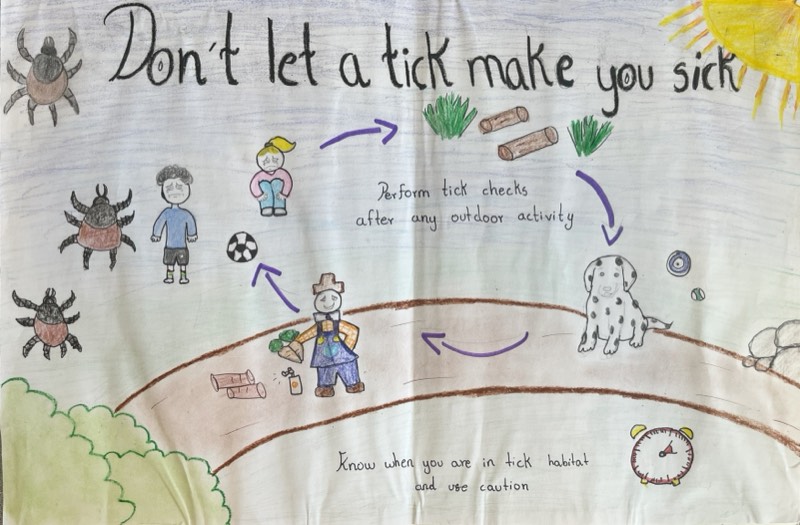Maine DEP Issues Extended Air Quality Alert for Northern Maine Until July 16
The Maine Department of Environmental Protection has issued an extended air quality alert for northern regions of the state due to wildfire smoke. Forecasts indicate that pollution levels will reach levels considered Unhealthy for Sensitive Groups (USG). This alert is now in effect until Wednesday, July 16, 2025.

